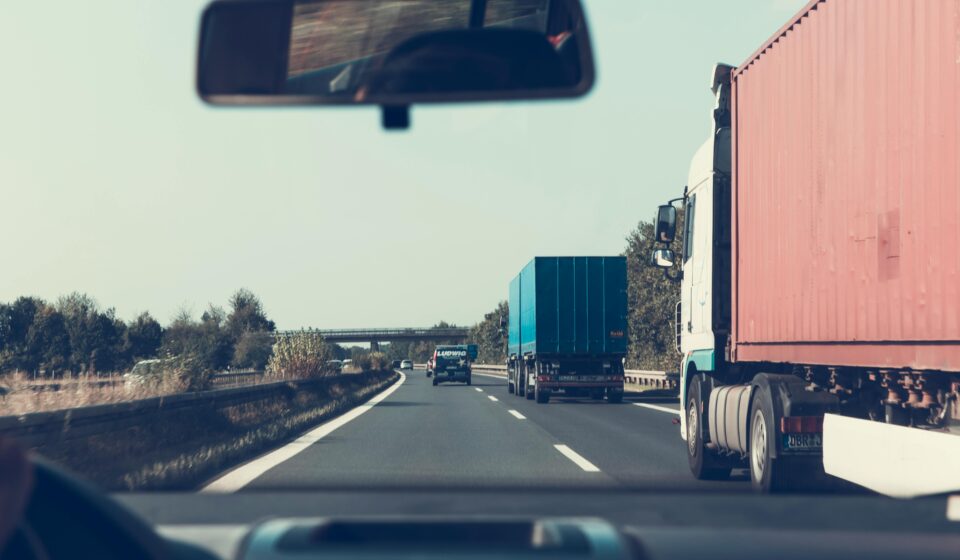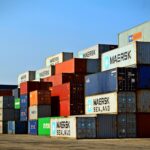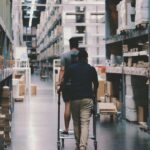
Route Optimization with AI: Saving Costs and Reducing Carbon Emissions
How Smarter Logistics Is Driving Bottom-Line Results and Sustainability Goals
Every mile matters.
In today’s logistics networks, transportation is not only one of the largest operational costs — it’s also one of the biggest contributors to carbon emissions. Rising fuel prices, driver shortages, and tighter delivery windows add to the complexity. Meanwhile, customers and regulators alike are demanding faster service with lower environmental impact.
For supply chain leaders, this raises a critical question:
How can we move goods more efficiently, cost-effectively, and sustainably?
The answer lies in AI-powered route optimization — a smarter, data-driven approach to logistics that delivers both economic and environmental benefits.
The Traditional Approach: Why Static Routing Isn’t Enough
Most routing decisions today are still based on:
- Fixed route plans
- Driver experience and manual adjustments
- Simple distance-based algorithms
But real-world logistics are rarely static.
- Traffic patterns change by the hour.
- Weather disrupts planned routes.
- Delivery priorities shift day-to-day.
- Vehicle capacities and constraints vary across fleets.
Without real-time, intelligent optimization, companies leave cost savings and emissions reductions on the table.
How AI Takes Route Optimization to the Next Level
AI and machine learning enable dynamic, real-time decision-making by analyzing:
- Historical delivery performance
- Traffic conditions and congestion patterns
- Weather forecasts
- Delivery time windows and customer preferences
- Vehicle types, capacities, and fuel efficiency
This allows AI to predict and select the most optimal routes, continuously adapting as conditions change.
✅ 1. Fuel and Cost Reduction Through Smarter Routing
- Minimize total distance traveled
- Reduce idle time and waiting at stops
- Optimize vehicle load capacity to avoid half-empty runs
- Balance multi-drop deliveries for time and efficiency
Result: Lower transportation costs, fewer fuel expenses, and reduced overtime.
✅ 2. Lower Carbon Footprint — Support Your ESG Goals
- Optimize for least-emission routes, not just shortest-distance ones
- Prioritize eco-friendly vehicle usage within mixed fleets (electric, hybrid, diesel)
- Reduce empty miles and wasted trips
Companies that optimize routes with AI report 10–30% reductions in fuel consumption and related CO₂ emissions — a major step toward decarbonizing logistics.
✅ 3. Improve Delivery Reliability and Customer Satisfaction
- Meet tight delivery windows consistently
- Proactively adjust routes in real time to avoid traffic or delays
- Offer customers better visibility and accurate ETAs
Happy customers + efficient operations = a competitive edge.
Beyond Simple Routing: Prescriptive Logistics Optimization
Advanced AI systems go beyond route planning by recommending:
- Optimal fleet mix based on delivery demands
- Dynamic route reassignments during the day based on conditions
- Driver-specific routing (learning from individual performance and preferences)
This is where route optimization becomes prescriptive — not just finding a better route, but actively recommending how to execute it smarter.
The Business Case: Savings and Sustainability Together
| Benefit Area | Impact |
|---|---|
| Fuel Cost Savings | 10–25% reduction in fuel usage |
| Delivery Time Reduction | 15–30% improvement in efficiency |
| Carbon Emissions Reduction | Up to 30% lower CO₂ output |
| On-Time Delivery Performance | Higher service level consistency |
| Driver Productivity | Reduced idle time and overtime |
AI-powered route optimization delivers a double bottom line:
- Financial efficiency through cost savings
- Environmental leadership through carbon reduction
How to Get Started with AI-Powered Route Optimization
- Map your logistics network — vehicles, depots, delivery points, constraints.
- Integrate real-time data sources — traffic feeds, weather, order systems, telematics.
- Deploy machine learning models — for routing, load planning, and delivery scheduling.
- Pilot with high-impact routes — measure fuel use, delivery times, and emissions before scaling.
- Continuously learn and improve — AI adapts over time as more data is collected.
Conclusion: Smarter Routes, Greener Results
AI-powered route optimization is more than a logistics upgrade — it’s a strategic lever for companies looking to operate leaner, greener, and smarter.
It helps organizations reduce costs without compromising service levels and makes real progress toward sustainability targets — not as an afterthought, but as part of core operations.
Because in the race for efficiency and climate responsibility, every mile matters.






